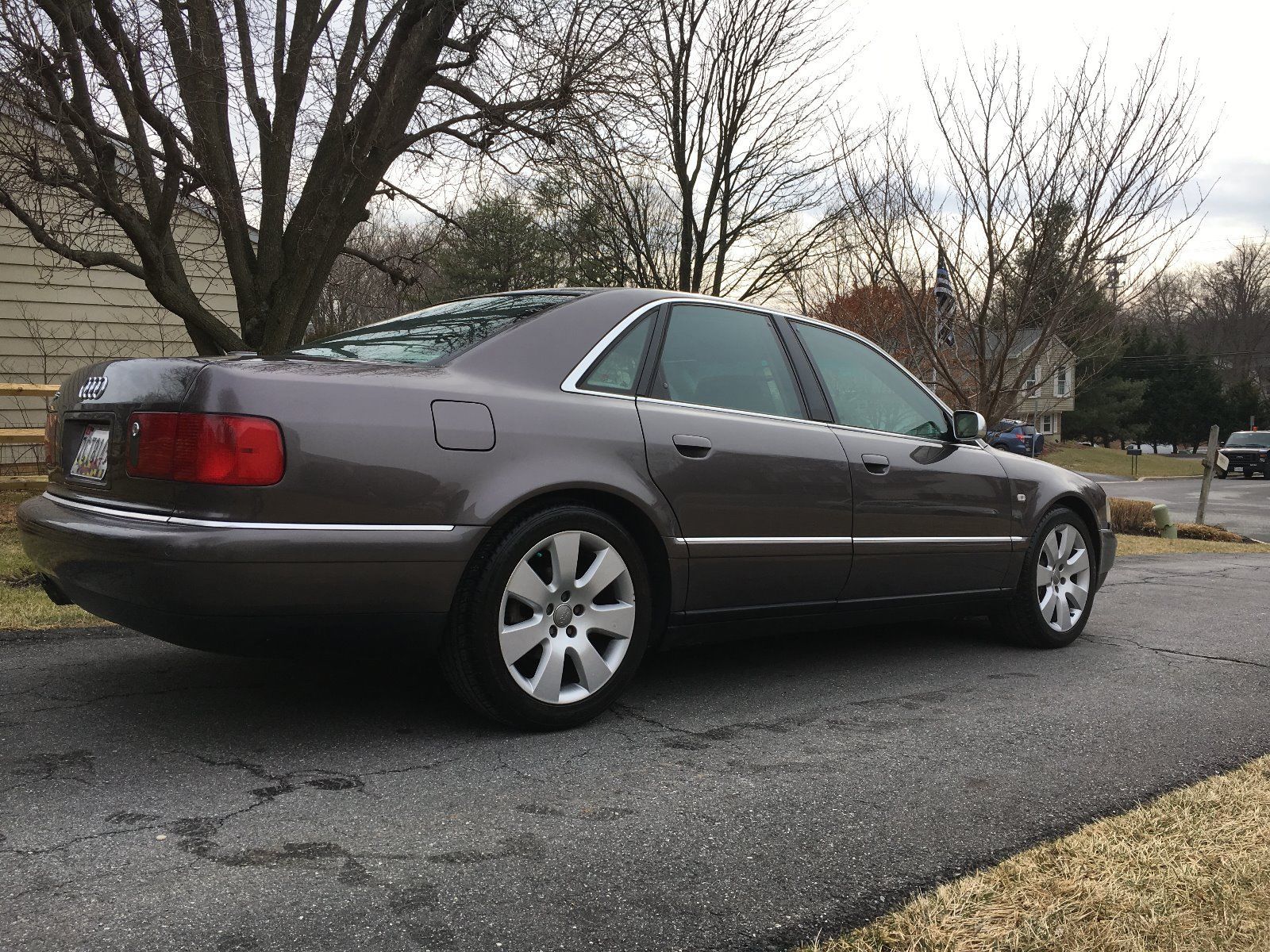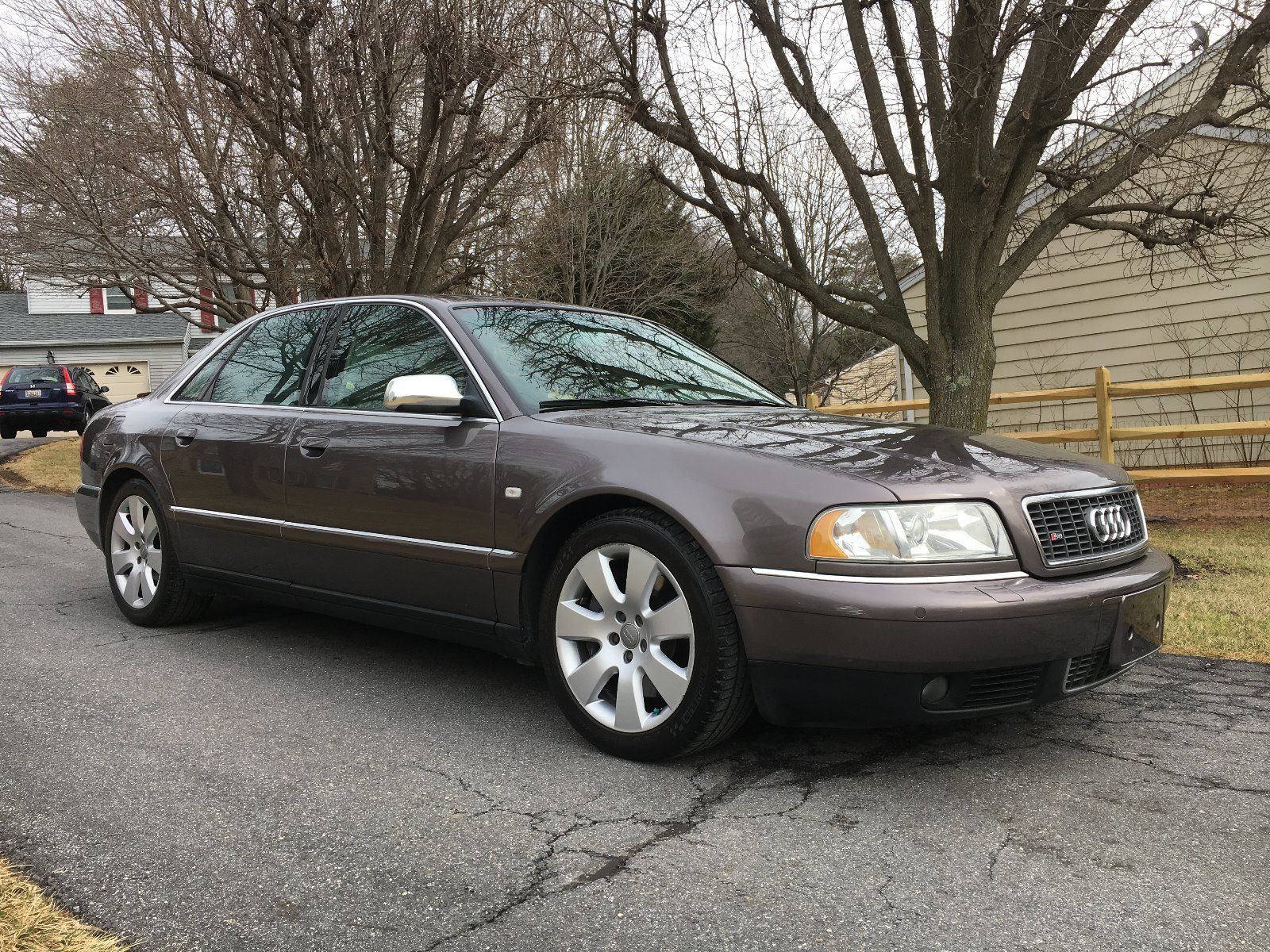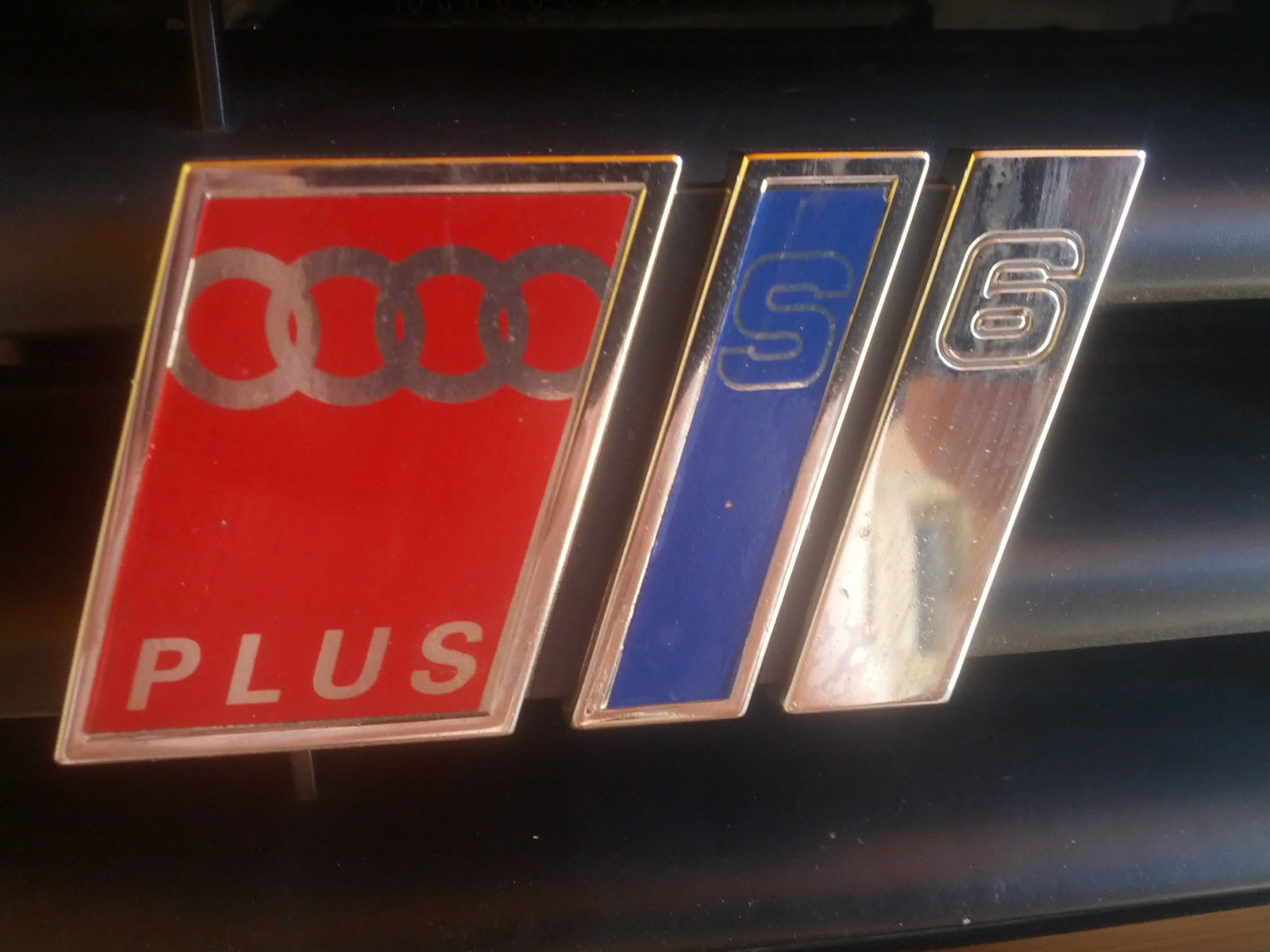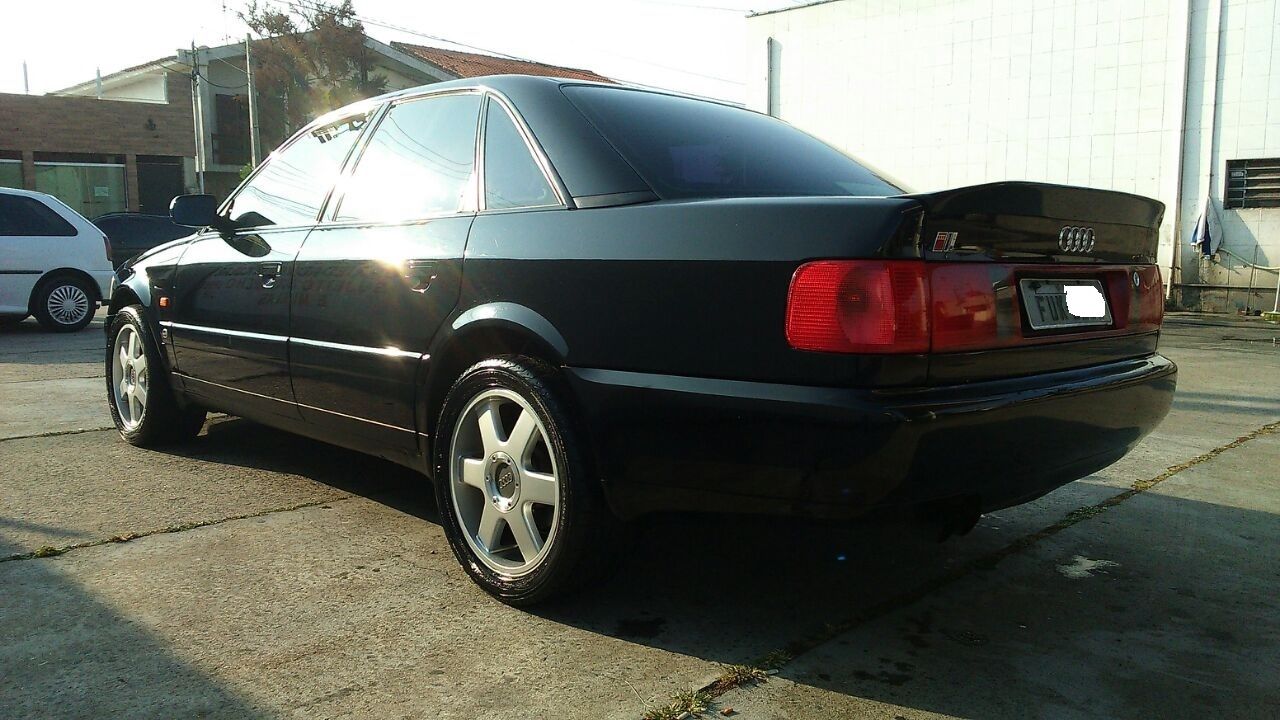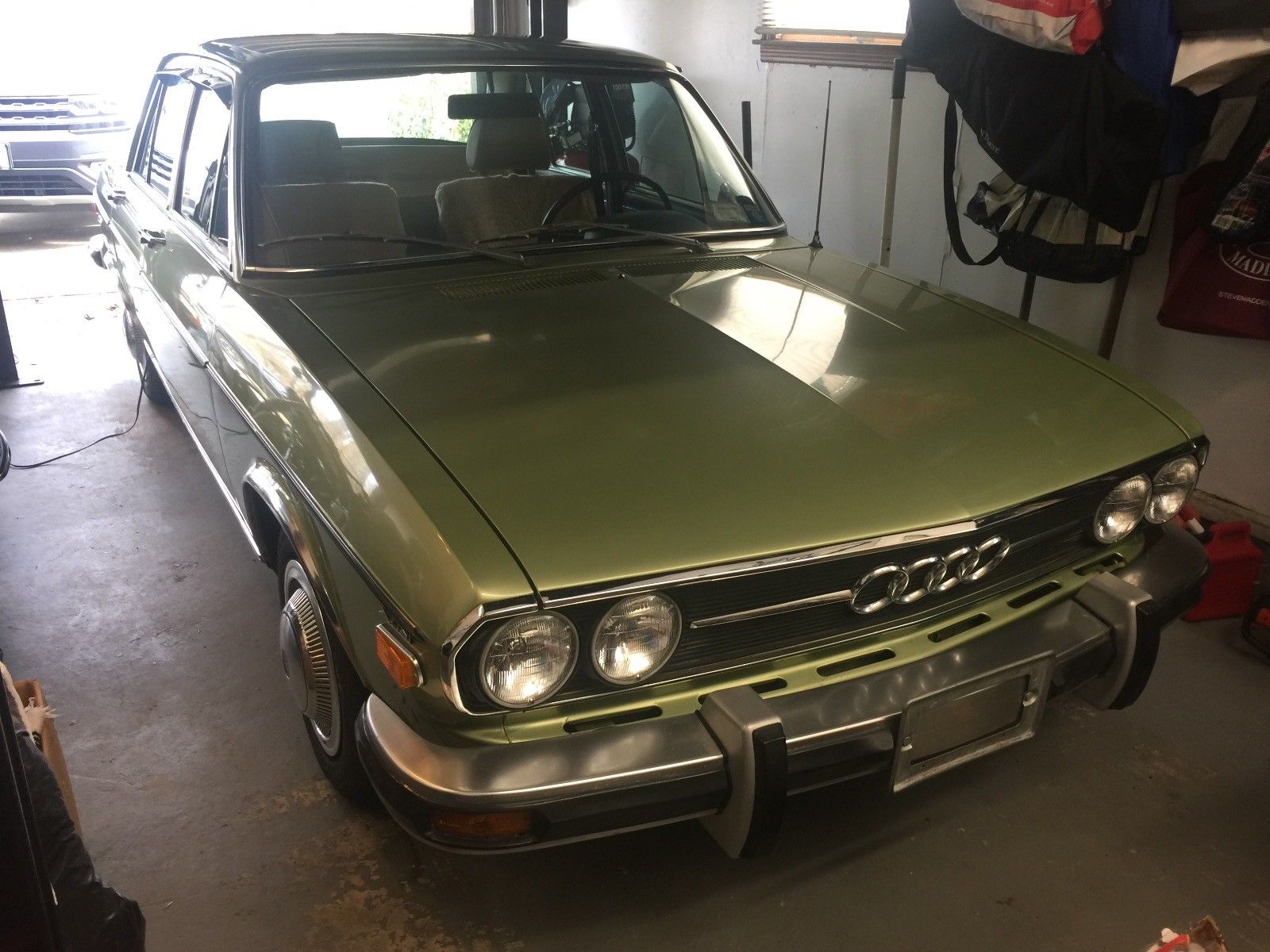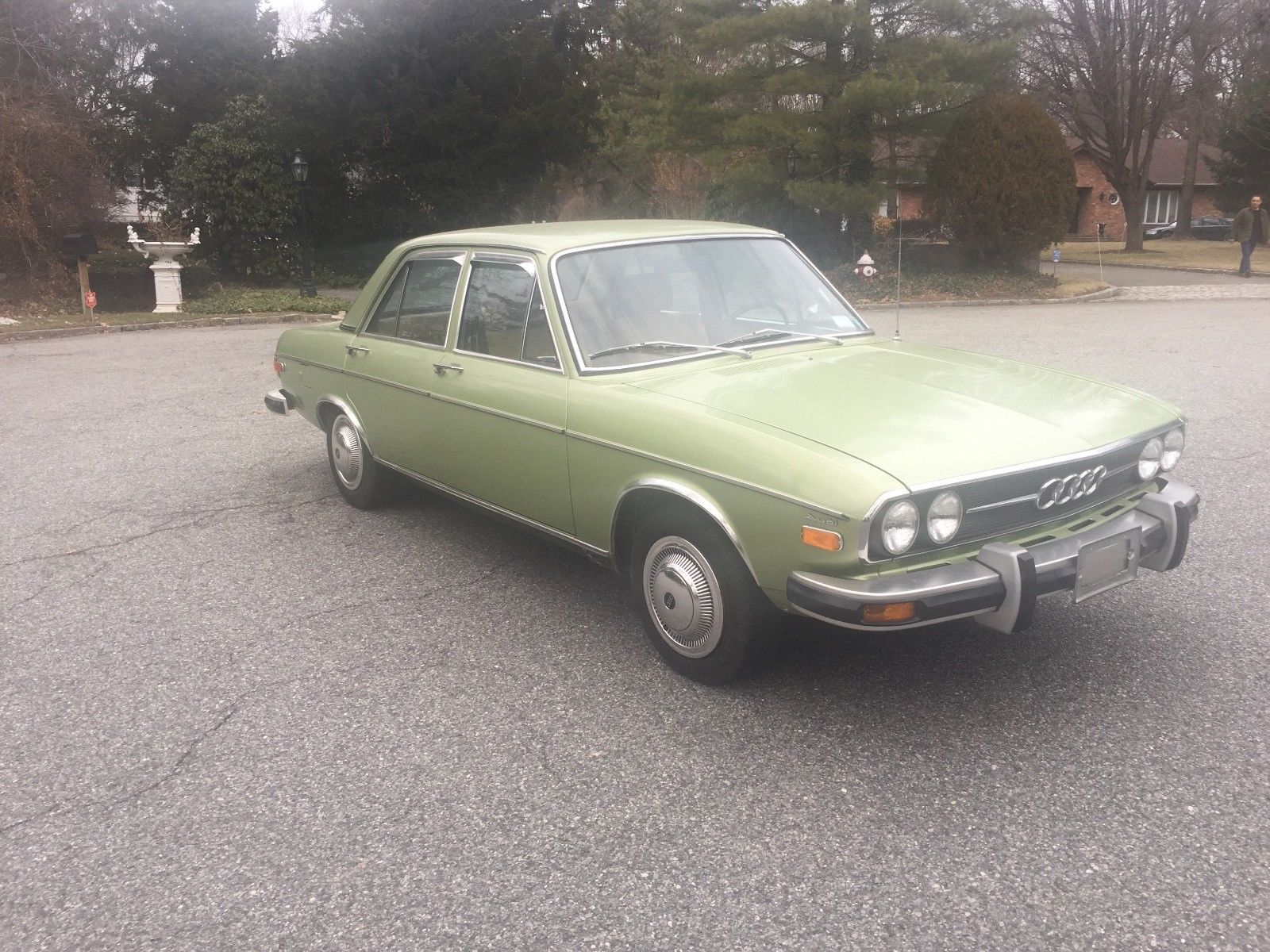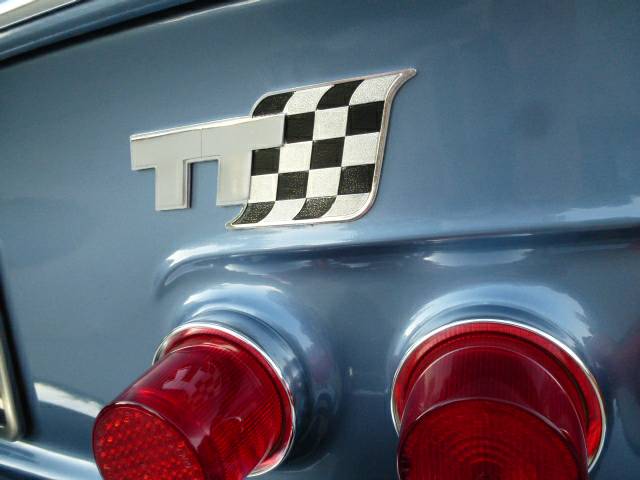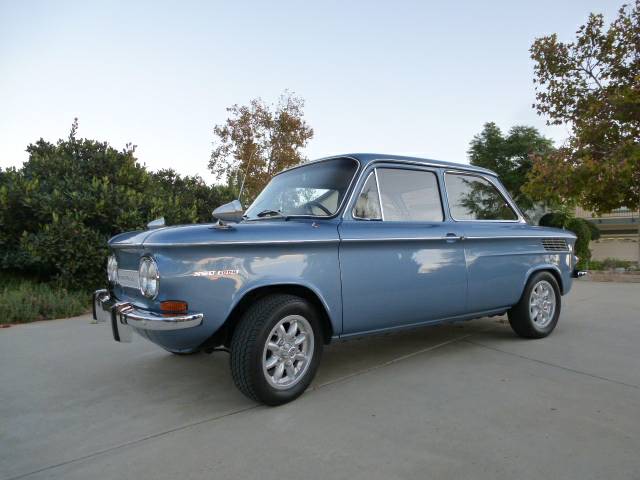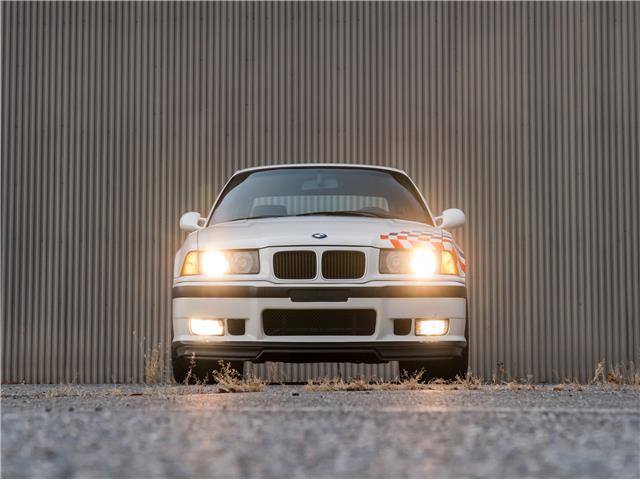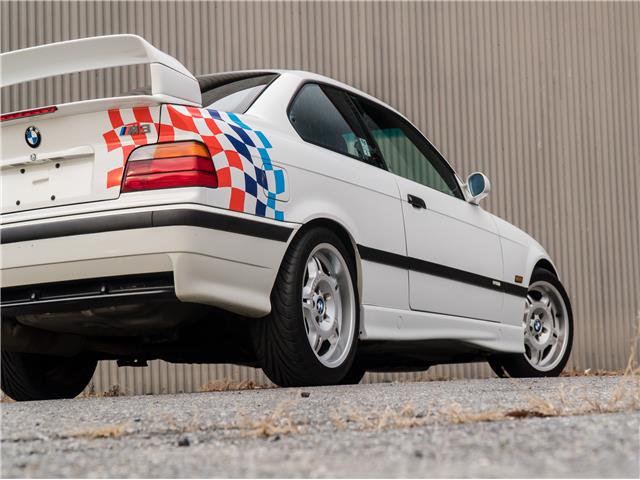Like more than a few Audi fans, my love affair with the S8 now spans 20 years since it first ‘shoved’ its way into my imagination via the thriller Ronin. It still seems to have set the bar for the most epic and reasonably realistic car chase movies out there, though Bullitt gets more attention and notoriety. That the S8 then came to the U.S. three years later made the dream more of a potential reality. Unfortunately, the S8 stickered for $78,000; approximately $76,000 more than my typical budget for Audis. It might have been geographically closer, but ownership was still a long way off.
Thanks to depreciation in the luxury market, though, over the past two decades these mega-S models have come tantalizingly closer to a price point that I can afford. But I’ve owned cheap executive Audis before a few times, and…well, it’s seldom a great idea. As the addage goes, ‘there’s nothing more expensive than a cheap (insert brand name here)’, and that certainly can apply to the S8. So while it’s very tempting to briefly consider repeatedly look at that $2,000 example on my local Craigslist, the logical side of me says the one to get is one that’s been gone through. One, perhaps, just like this Cashmere Gray Metallic example:
